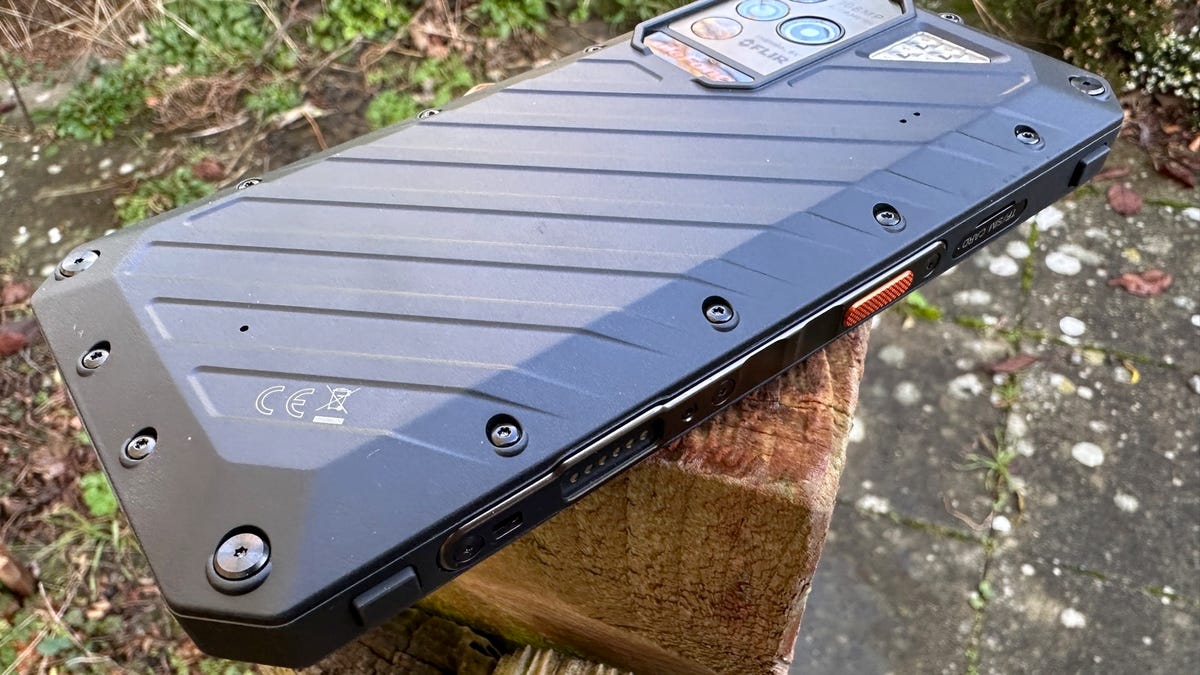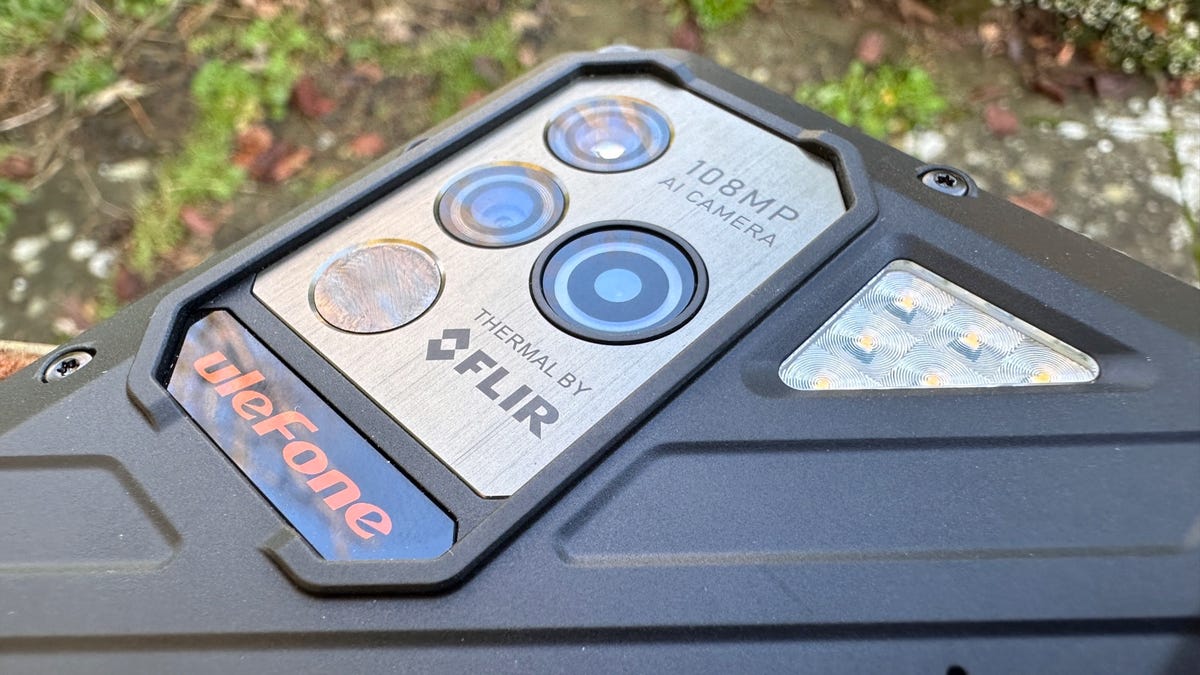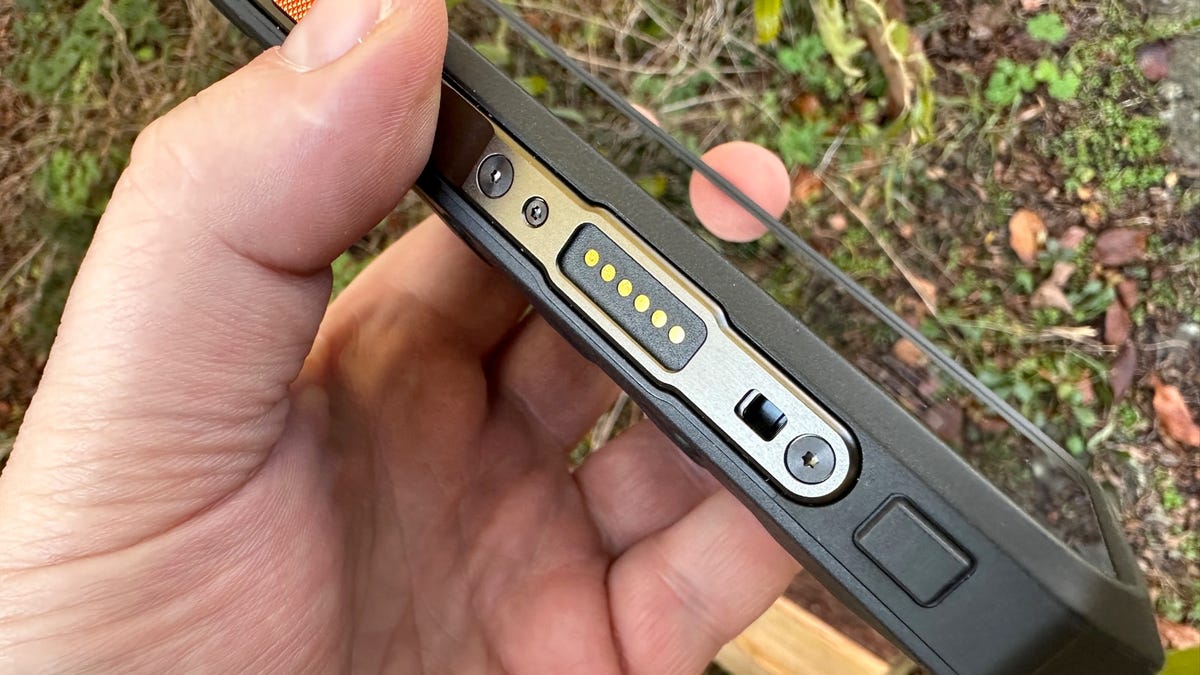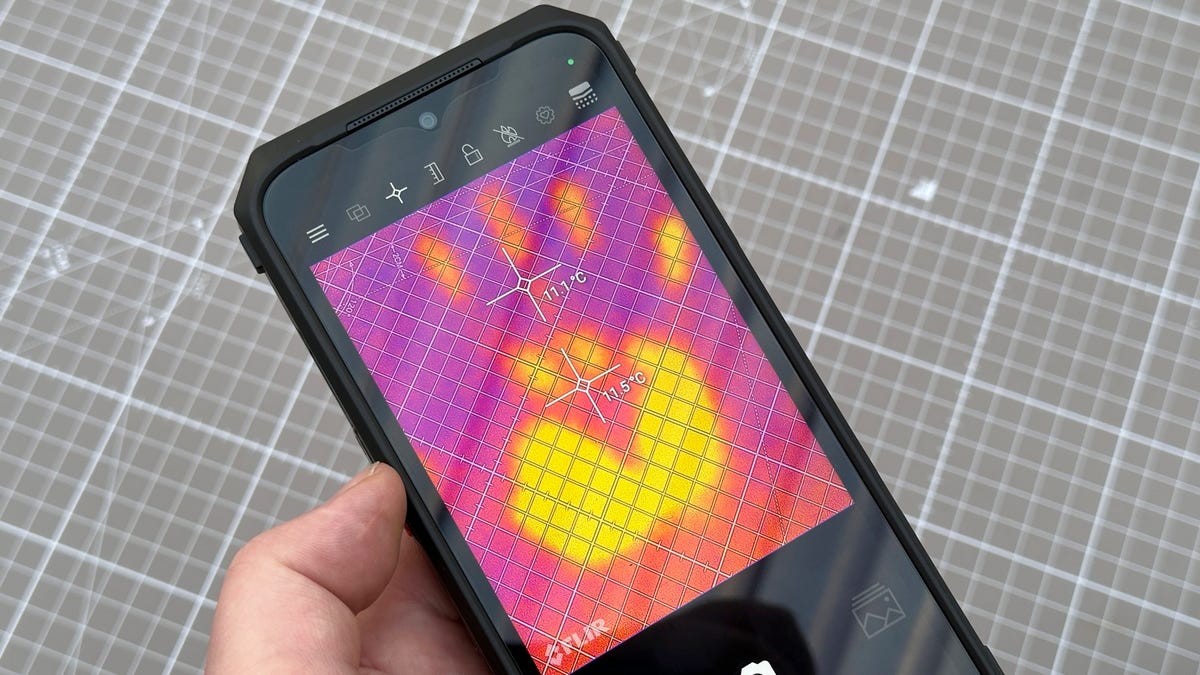The Ulefone Power Armor 18T is an exceptional smartphone.
I love lots of things Apple does, especially my iPhone 14 Pro Max. I have it in my hands almost all day. But I still use Android phone.
For what ? Because it can do things my iPhone can’t.
My previous favorite Android phone was the Ulefone Armor 9. I’ve been using it a lot for the past two years. Not only is it my go-to device when I need a device that can withstand the toughest environments, but it has some cool features like a thermal camera and the ability to connect an endoscope.
I used the thermal camera a lot, less the endoscope. But there are times when it has been very useful to me too.
The Armor 9 has been updated with the new Power Armor 18T. It’s a beast of a smartphone!
Technical characteristics of the Ulefone Power Armor 18T
- MediaTek Dimensity 900 5G Chipset
- 6.58-inch FHD+ display, 1080 x 2408 resolution at 120Hz
- Corning Gorilla Glass 5
- 12GB RAM + 5GB virtual memory expansion
- 258 GB of ROM + 2 TB of expansion by microSD card
- 108-megapixel rear camera + 5-megapixel microscope mode
- 32 Mpix front camera
- FLIR Lepton 3.5 thermal camera
- 9600mAh battery, 66W super fast charging, 15W wireless charging, 5W wireless reverse charging
- Extension ports for endoscope and supermicroscope
- 5G network
- Wi-Fi 6
- Satellite systems GPS (L1+L5 dual-band), Glonass, BeiDou, Galileo
- Certifications IP68, IP69K (high pressure water jet from various angles), MIL-STD-810G military standards
- Integrated software tools: compass, level measurement, flashlight, suspended chart function, altimeter, magnifying glass, alarm bell, plumb line, protractor, sound level meter, pedometer, mirror, barometer…
- Biometric facial and fingerprint sensors
- Android 12
Sturdy as hell
The Ulefone Power Armor 18T is a highly rugged smartphone designed to withstand the toughest shocks. It meets a whole host of standards, including IP68, IP69K, and MIL-STD-810G. This means it can be submerged in water at depths of up to 1.5 meters for 30 minutes, exposed to high pressure water jets and steam cleaning, and dropped from a height of 1.2 meters. It’s also resistant to dust, acid spills, and low-pressure environments that can destroy other smartphones.
It is a rugged smartphone. I know because mine was exposed to rain and ice, got thrown in the mud, fell off the tailgate of my truck, and was left out of sight during a thunderstorm…

Solid, robust, but still elegant
Adrian Kingsley-Hughes/ZDNET
Performance
The Power Armor 18T is equipped with an Arm Cortex-A78 processor clocked at 2.4 GHz and a Mali-G68 GPU. That’s enough power to keep the device running smoothly all the time. This processor is paired with 12GB of physical RAM and the ability to add 5GB of virtual RAM for those tough times.
I found 12GB of RAM to be more than enough and didn’t feel the need to increase that to 17GB.
But the faster processor, increased RAM, and doubled storage capacity are all things I really like about this update.
Power is provided by a massive 9600mAh lithium-ion polymer battery, which is charged via the USB-C port or wireless charging. Wireless charging is a big improvement for me, as it means I don’t have to open the USB-C port’s waterproof cover if I’m outside in bad weather.
The camera
The 108-megapixel rear camera with a huge 1/1.52-inch ISOCELL HM2 sensor produces very good photos, even at standard resolution. I have played with this camera in various conditions and it is good. It still doesn’t equal an iPhone Pro Max, but it’s still very good for a smartphone that costs a fraction of its price.

Power Armor 18T Camera
Adrian Kingsley-Hughes/ZDNET
Do you really need 108 megapixel photos?
Looking closer, I can see some minor differences between the standard photos and the high resolution photos. But I have to admit, I’m happy to stick with standard photos unless I need an image that I might have to heavily edit or crop.
The 32-megapixel front camera is pretty good too, although I’m not sure we really need that many megapixels for the lens in question. Because it’s hard to see real improvements over cameras with much lower megapixel counts.
But megapixel count helps sell, and as sensors get cheaper and cheaper, megapixel count will only keep going up.
My Favorite Features
On one side of the Power Armor 18T is a port for an endoscope. The Ulefone endoscope (sold separately) has a 2 meter cable and is IP67 rated. It’s a great tool for getting into areas where you can’t put your eyes, and it’s a great tool for engineers. There are a bunch of USB-C endoscopes out there, but the fact that this one doesn’t take up the USB-C port is handy.

The borescope port
Adrian Kingsley-Hughes/ZDNET
For me, the real star feature is the FLIR Lepton 3.5 thermal camera. With a resolution of 160 x 120 and a temperature range of -10℃ to 400℃, it is an extraordinary diagnostic tool for technicians.
The thermal camera has four times the resolution of the previous generation of thermal cameras, resulting in higher quality, sharper and more detailed thermal images.

The thermal camera is the flagship feature of this phone.
Adrian Kingsley-Hughes/ZDNET
You can check for overheating of components, heating, ventilation and air conditioning problems, heat or cold leaks from doors and windows to the outside, and much more.
Yes, you can get a separate thermal camera for smartphones, including iPhones, but nothing beats having one built into your phone, ready to go.
For me, it’s the function that kills.
In conclusion
At $600, the Power Armor 18T isn’t cheap at all, but after using its predecessor for two years and then this one for a few weeks, I’m confident this device can pay for itself. It’s the perfect smartphone for outdoor workers, engineers, and rescuers looking for a rugged smartphone that doesn’t compromise on power, performance, and display quality.
Source: “ZDNet.com”
